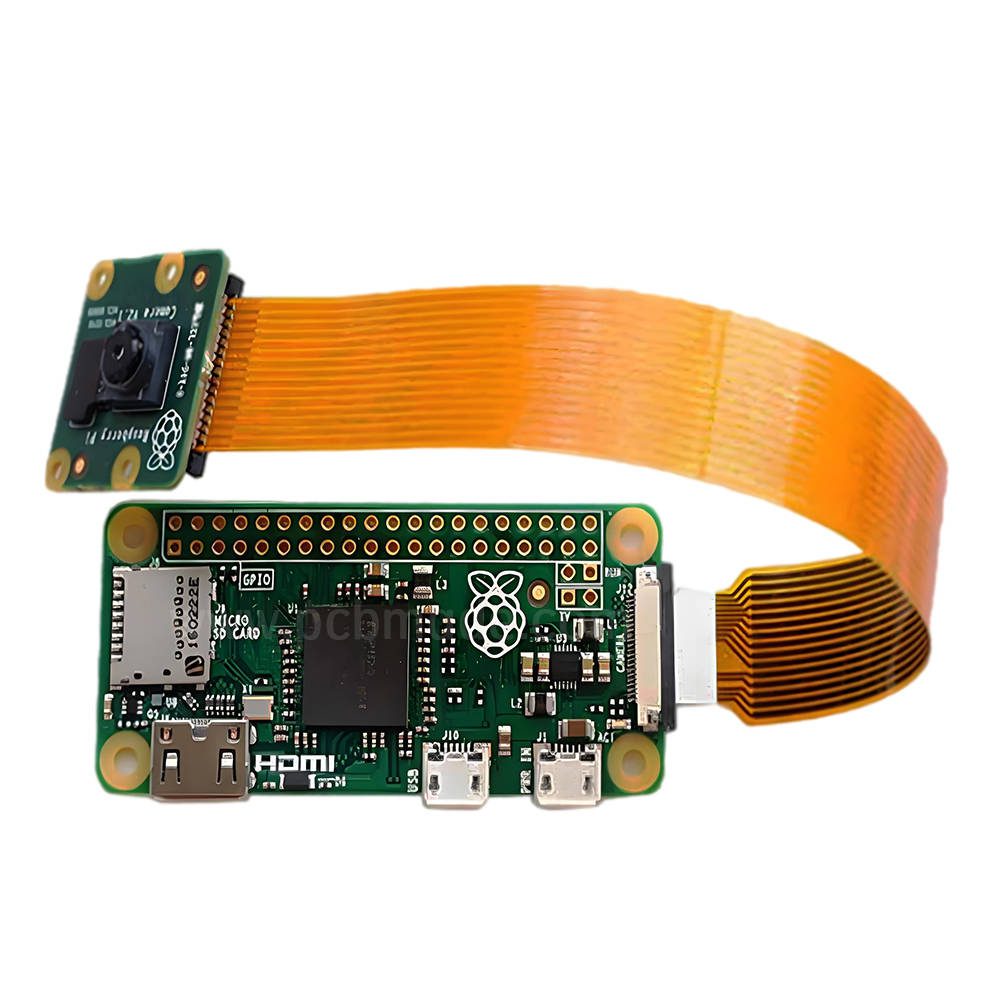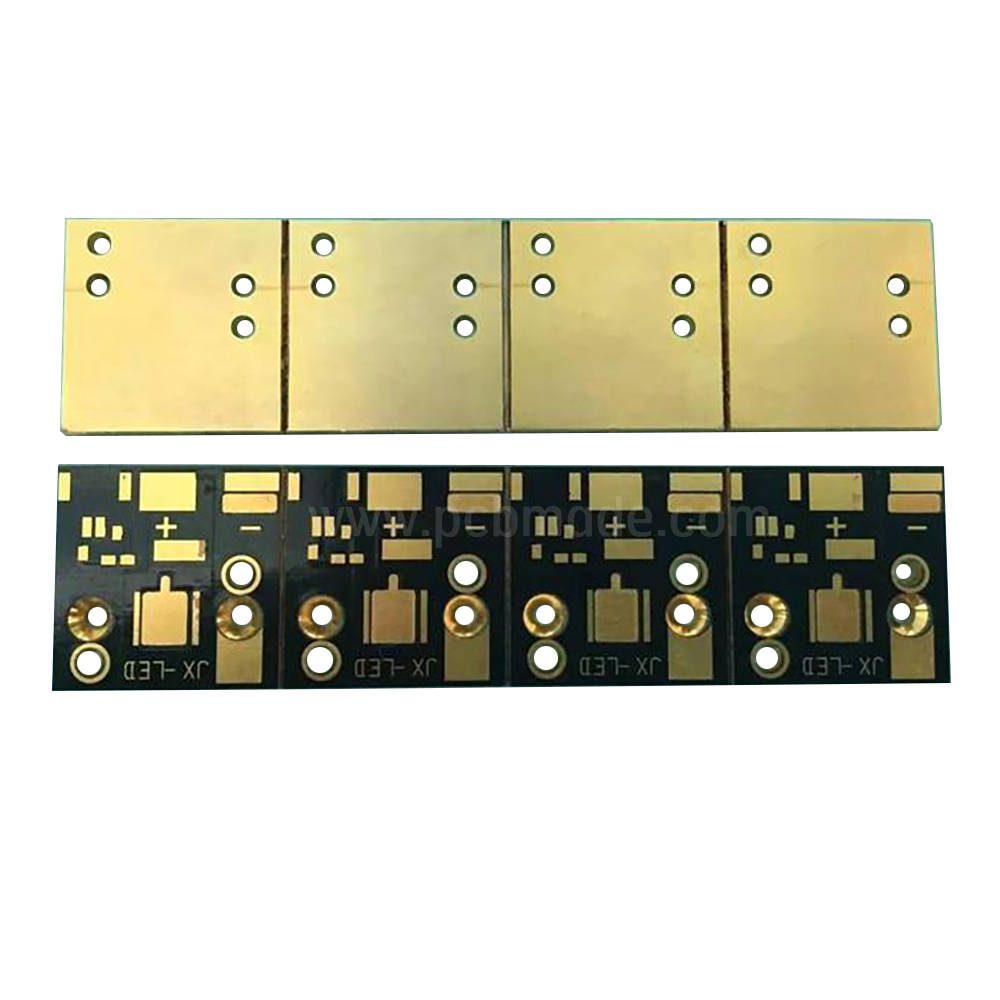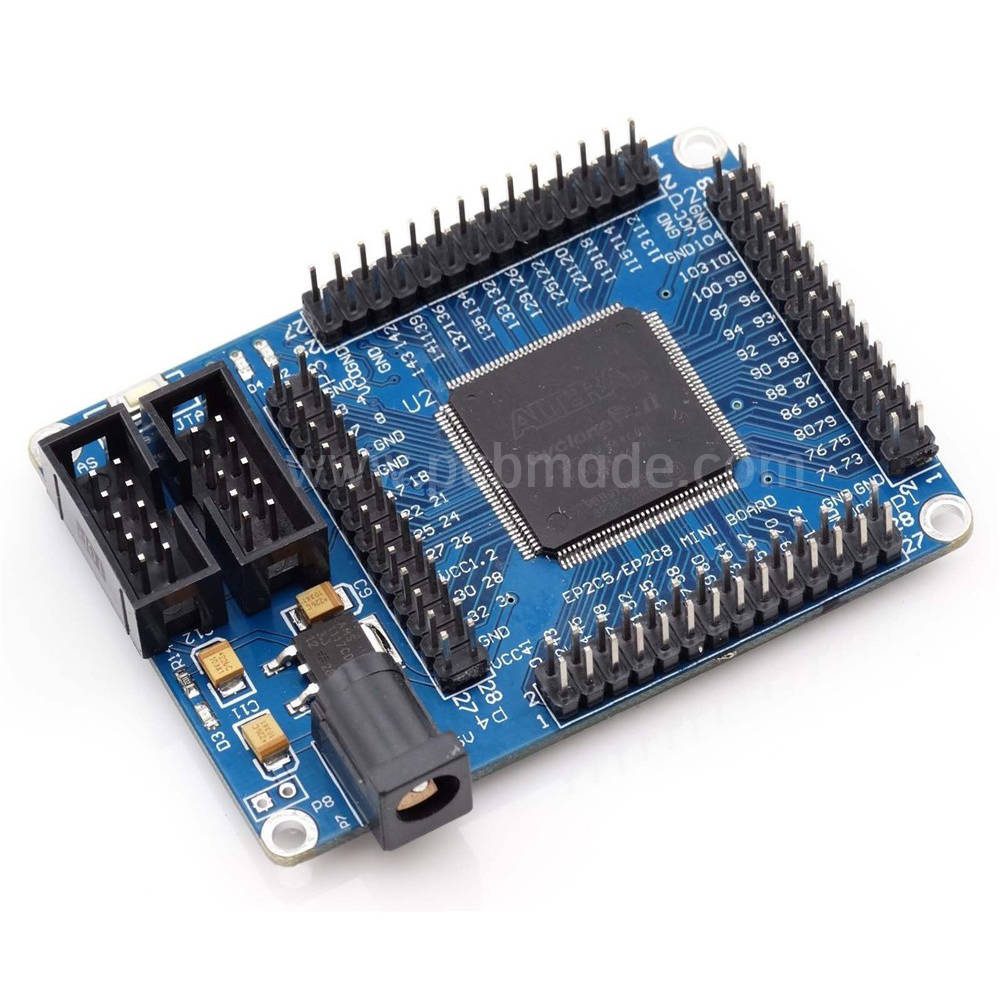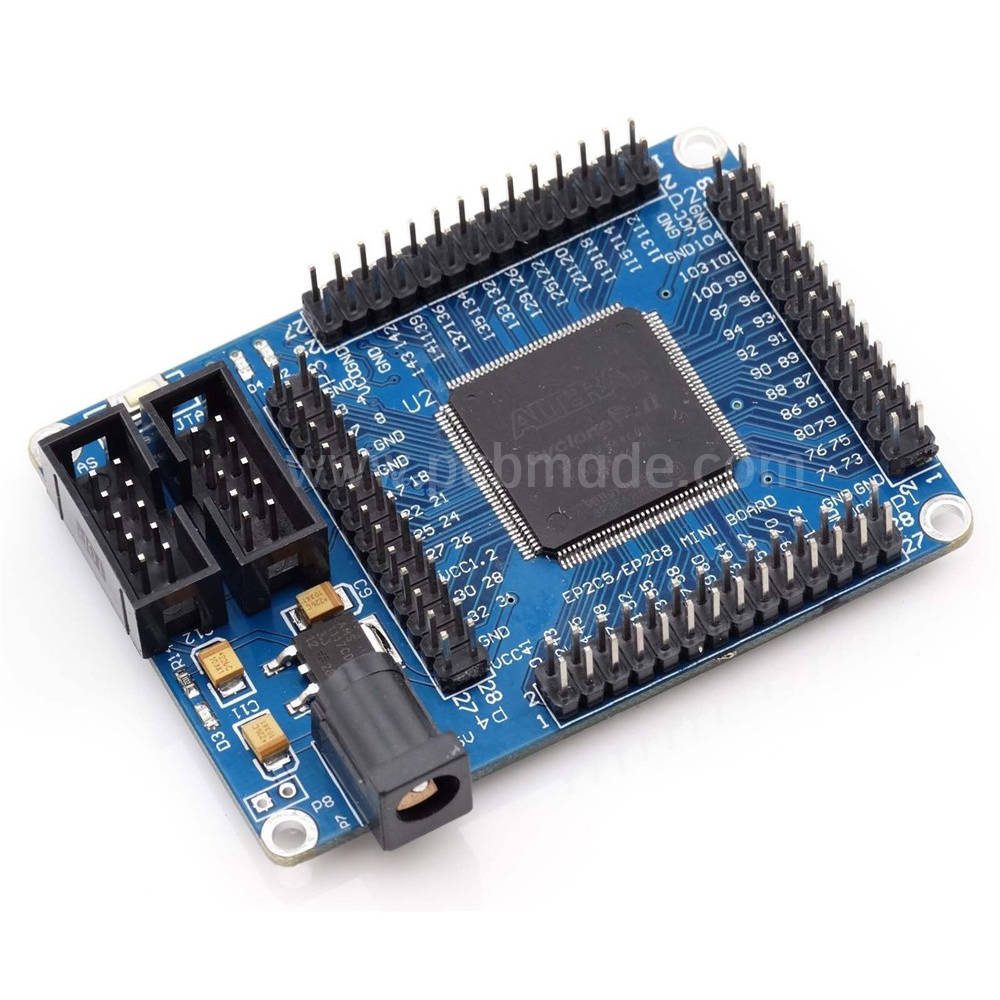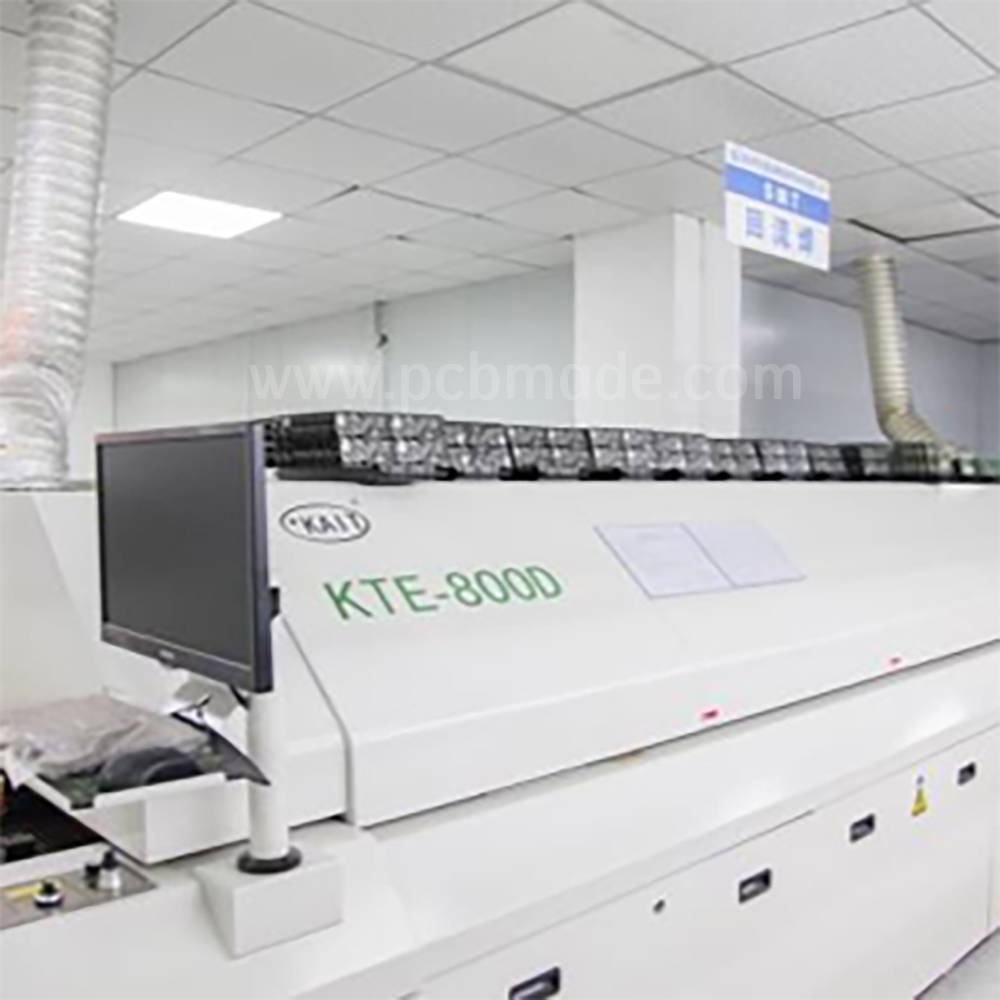As the cornerstone of electronic component interconnection, the quality and reliability of PCB printed circuit boards directly affect the performance and lifespan of products. Therefore, improving the testing efficiency of PCB circuit boards is not only the key to improving production efficiency for PCB manufacturing enterprises, but also an important link to ensure product quality.
Basic understanding of PCB circuit board
PCB, Printed circuit board is an electronic component interconnect carrier that forms conductive patterns on an insulating substrate according to a predetermined design. It achieves electrical connections between electronic components through copper foil circuits, supports and assembles electronic components, and is present in almost all electronic devices. PCBs can be classified into single panel, double-sided board, and multi-layer board types based on their structural complexity. With technological advancements, advanced forms such as high-density interconnect (HDI) and flexible circuit boards are becoming increasingly popular.
Strategies for improving PCB testing efficiency
1.Automated testing is the primary means of improving efficiency. The use of automated testing equipment (ATE), such as flying needle testing machines, automatic optical inspection (AOI), X-ray inspection (AXI), etc., can significantly accelerate detection speed, reduce human errors, and ensure consistency and accuracy of testing. Especially for high-density, multi-layer complex PCBs, automated inspection equipment is indispensable.
2. In Circuit Test allows direct access to each testing point on the PCB for precise measurement of electrical performance. Combining with subsequent functional testing, which simulates the actual working environment to verify the complete functionality of the PCB, can effectively identify and locate problems, reduce the failure rate in the later stage, and accelerate the testing process.
3. Utilizing advanced software algorithms to optimize testing programs, such as intelligent testing point sorting and parallel testing strategies, can reduce testing time and improve testing efficiency. At the same time, regular maintenance and upgrading of testing software to ensure compatibility with the latest PCB designs and technical standards is also key to improving efficiency.
4.By collecting test data and analyzing it, enterprises can identify common defects and potential problem areas in the production process, and then take preventive measures. Implement a preventive maintenance plan to ensure that testing equipment is always in optimal condition, avoiding testing interruptions and efficiency declines caused by equipment failures.
5.The improvement of personnel skills is equally important. Regular training for testing engineers on new technologies and equipment can enhance the team’s ability to solve complex problems, effectively reducing misjudgments and retesting during testing and improving overall testing efficiency.
In the fiercely competitive PCB manufacturing industry, rapidly improving the efficiency of circuit board testing is not only related to cost control, but also a reflection of product quality and market competitiveness. Through the comprehensive application of the above strategies, enterprises can not only accelerate product launch time, but also improve customer satisfaction and achieve sustainable development while ensuring quality. With the advent of intelligent manufacturing and Industry 4.0 era, continuous technological innovation and process optimization will be an inexhaustible driving force for improving PCB testing efficiency and promoting industry development.




